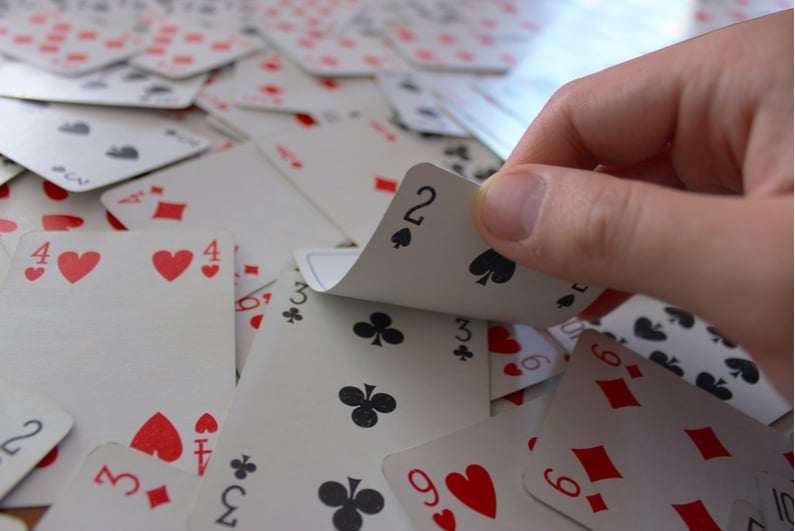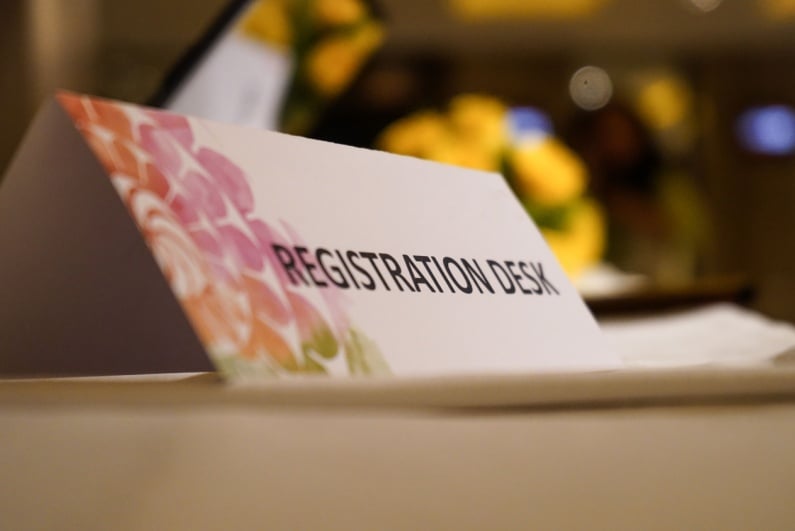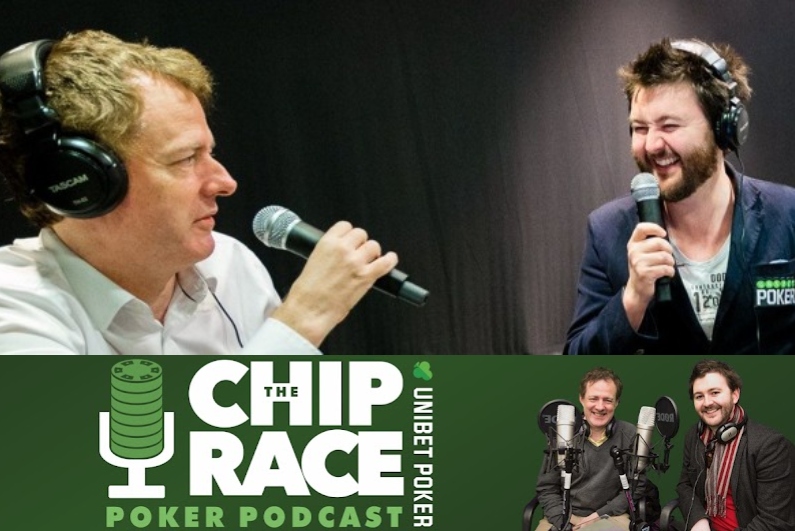The WSOP says “hold my beer”
If you thought bracelets for live $350 turbos or $50 online games was bad, the World Series of Poker just said “hold my beer” with its first ever “Flip & Go” event. Likely influenced by its online partner GGPoker, the WSOP has incorporated an idea from the virtual felt into the live arena. Currently heading into its final day, Event #20 – the $1,000 Flip & Go No-Limit Hold’em tournament attracted 1,232 non-unique entries, generating a prizepool of $1,103,600.
one compulsory all-in hand with the winner going straight into the money
Starting tables of eight players “flipped” for the right to proceed, one compulsory all-in hand with the winner going straight into the money. The 154 players that advanced then played some actual poker, starting 80 big blinds deep, the shallowest starting stack of the festival.
When play concluded for the night, 23 were still in contention for the $180,665 first prize, including three-time WSOP bracelet winner David Peters with 1,105,000 chips and chip leader Huy Lam with 3,150,000 chips.
What is a Flipout?
The Flipout format was created in March 2013 by Full Tilt Poker, sold to the players as an innovation for “action lovers.” When asked about it at the time, Sarne Lightman, Full Tilt’s then head of marketing, emphasized its unique selling points. “The time saving of a Flipout is obvious,” he said, adding: “…the average skill level when you hit the money will be the same as the average skill level at the start of the tournament, which is very different from a standard tournament.” Indeed.
In January of this year, GGPoker put its own spin on the concept, launching “Flip & Go,” which added a couple of components to the format. Variable buy-ins gave players some options with how to approach the format and the flip stage was “pineapple,” adding a modicum of skill.
In the live version at the WSOP, players were dealt three cards face down. The dealer then dealt a flop. Moving clockwise, players looked at their hands and then mucked one card. At this point, all cards were turned up and the the turn and river were dealt. The player with the best poker hand progressed to the next phase of the tournament and everyone else was eliminated. If two or more players have the same hand, then those players participate in subsequent “flips” until there is one winner.
Tarnishing the WSOP brand
The 2021 WSOP will give away more “world titles” than ever before, 154 in total between Las Vegas, Rozvadov, WSOP.com, and GGPoker. In the dozen WSOP festivals between 2007 and 2018, the number of bracelets given out each summer grew slowly but steadily, going from 55 to 82. In 2019, that number jumped to 99, but this leap to 154 is precipitous.
takes the luster off a brand that was at one time associated with the game’s elite
Hand-in-hand with the increased numbers of events is the inclusion of more lower buy-in and turbo tournaments. There is a trade-off here for the organizers. 12,973 people showing up for the $500 Reunion creates tremendous buzz and makes the poker dream accessible for a greater number of recreational players. At the same time, it takes the luster off a brand that was at one time associated with the game’s elite.
That is why getting the balance right is crucial and each poor decision is part of a slippery slope. There were 30,810 entrants in this summer’s $50 WSOP event on GGPoker.com. The winner received a bracelet, the biggest prize in poker, for winning a Sunday donkathon. That shouldn’t have been allowed to happen and neither should have this Flip & Go tournament.
As the most iconic brand in poker, steeped in rich history, the WSOP is the biggest caretaker of the game. Poker is a skill game and when the the WSOP makes the decision to reduce the skill factor, be that by introducing games with a shallower starting stack, faster clock, unlimited re-entry or now a “flip into the money” aspect, they tarnish their brand and consequently damage the reputation of poker.
Deep-pocketed pros fired up to 27 bullets
Flipouts online or as small side events at live festivals are a barely tolerable part of the poker landscape but as a WSOP bracelet event, they are an abomination. Bear in mind, there was no cap on re-entries in this tournament. GGPoker ambassador Daniel “Kid Poker” Negreanu played it nine times before he progressed. 2004 WSOP Main Event runner-up David Williams bought in 19 times before finally winning a hand.
A frustrated Williams reportedly screamed “it’s about f*****g time” when he claimed his seat in the next phase. His frustration was again in evidence when he tweeted his bust-out from the tournament:
The biggest donator to the $1,000 buy-in tournament paid an extraordinary 27 entries and he didn’t progress. Poker pro Ryan Laplante witnessed the horror show first hand.:
Other pros expressed a mixture of irritation and gallows humor.
Meanwhile, Jeff Gross turned it into a competition opportunity.
Other big name, deep-pocketed pros who survived and advanced, most after multiple tries, included Shaun Deeb, Paul Volpe, Harry Lodge, and Josh Arieh.
Four bracelet winners still in contention
After 12 levels of play, just 23 players remained, including former bracelet winners David Peters, Elio Fox, Alex Epstein, and Fred Goldberg. Play will resume at 1pm local time on Monday with every player guaranteed a $7,275 cash and the first prize of $180,665 up for grabs.
Peters progressed with a healthy 1,105,000 chips while Fox, Epstein, and Goldberg have 435,000, 515,000 and 1,245,000 chips, respectively.
Leading the way is Huy Lam with a runaway lead of 3,150,000, exactly three times the average. Following Lam is Corey Bierria (1,880,000), and third-place Krista Farrell (1,700,000).
What a Flip & Go really is
The problem with a Flip & Go tournament is it creates an environment where richer players can effectively buy their way into the post-bubble phase of a WSOP event. After all, the correct way to interpret the structure of this “$1,000 buy-in” Flip & Go Tournament is to think of it as a high variance flip satellite into a $6,000 tournament (the average outlay per player of $8,000 minus the $2,000 min-cash) with a small field (154) and a bizarrely flat pay-out structure ($155 bubble at 126 players, a $195 ladder at 99 players and so on).
According to the payout structure, 16th place gets $8,830 so making it this far represents the point at which an average player would theoretically be in profit for the tournament and they would need to come 11th to get a normal sized min-cash ($13,460).
With that in mind, if this tournament was billed as an unlimited re-entry, $6,000 buy-in in which you needed a top 10% finish just to get your money back, how many people would play an almost no-skill qualifier for it?
The answer, of course, is some. Some players enjoy the novelty and some no doubt enjoy the gambling aspect, but I believe that many of the players have been taken in by the convoluted, smoke and mirrors of how a game like this is presented. I also know one pundit who would not be a fan.




